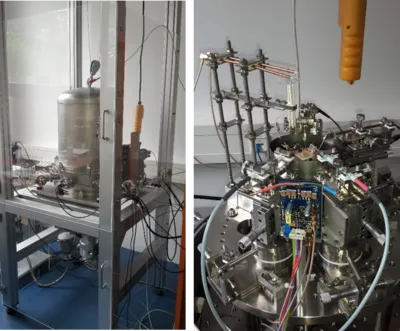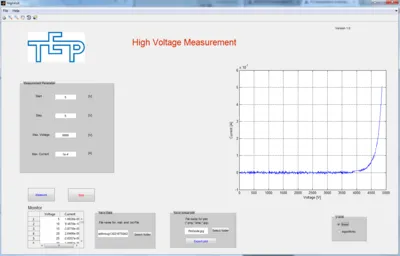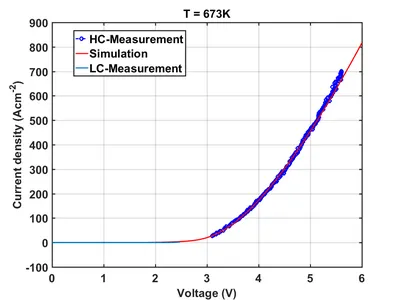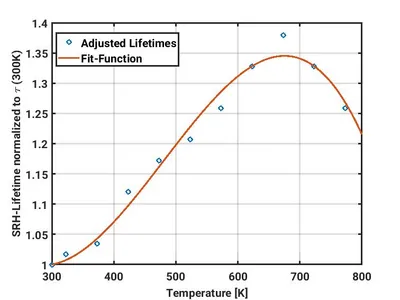Investigations on the behaviour of 4H-SiC power semiconductor devices under extreme conditons
Power semiconductor devices made of 4H-SiC feature different properties than their Si-pendants. One significant difference is the larger bandgap, which leads to a higher blocking capability and to lower intrinsic carrier densities compared to Si. The other clear difference is the increased thermal conductivity that enables a higher thermal stability of the devices and allows applications at higher ambient temperatures.
The purpose of this project is to examine the behavior of 4H-SiC power semiconductor devices under extreme conditions as e.g. high temperatures or high electric fields. A vacuum chamber containing a heating platform, precision manipulators and electrical feedthroughs provides a stable measurement environment for the characterization devices under extreme conditions (see Figure 1). The four different measurement-configurations created in this chamber are fully automatic and controlled via graphical user interfaces (GUI). Figure 2 exemplarily shows the GUI for high voltage measurements during the measurement of a 10 kV 4H-SiC PiN-diode.
A virtual version of the measurement setup is implement in the TCAD-simulator SDevice so that the measurement and the simulation of a device can be compared. Most physical models in the simulator reside on parameter-sets for Si. Therefore, new parameters/models can be identified via the adoption of measurement and simulation. Figure 3 shows the measured and simulated forward characteristic of a 4H-SiC PiN diode at 673 K. The adjustment of measurement and simulation was accomplished by the adoption of the parameter set for SRH (Shockley-Read-Hall) carrier lifetimes. Figure 4 shows the obtained temperature dependence of SRH-lifetimes inside a 4H-SiC PiN-diode. The original model is not able to reproduce the measurement results in the simulator. Within the project several power devices made of 4H-SiC are investigated during quasi-static and pulsed measurements and the respective virtual experiments.



